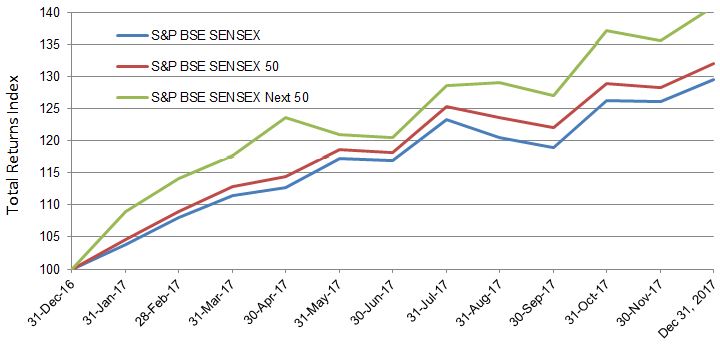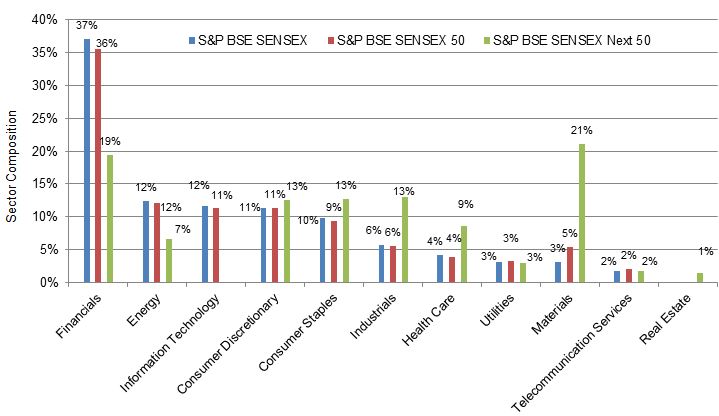The Dow Jones Commodity Index (DJCI) was up 3.0% for the month and up 4.4% YTD, and the S&P GSCI was up 4.4% with a YTD return of 5.8%. In December, livestock was the worst-performing sector in the indices, while industrial metals was the best. Of the 24 commodities tracked by the indices, 16 posted positive YTD returns. Aluminum was the best-performing commodity for the year, while natural gas was the worst.

Of the S&P GSCI commodities, five industrial metals made up the top five YTD performers in 2017. Aluminum was up 30.7% for the year, which marks the third-largest annual gain for the commodity in the history of the S&P GSCI, after 1994 (up 72.9%) and 2009 (up 33.7%). Aluminum posted seven monthly gains in 2017. The gains were partly due to plans from China, the world’s largest producer and consumer of the base metal, to reduce excess aluminum production to address pollution, along with a Chinese fiscal stimulus targeting infrastructure, which bolstered demand for all base metal commodities.

Copper had its best year-end performance since 2010, as the Chinese government banned imports of scrap metal in a period of high demand. Lead, nickel, and zinc benefited from low inventories; both lead and zinc had their best years since 2009.

Coffee was down, recording its third consecutive negative year, due to a global production surplus. The wheat commodities reported their fifth negative annual decline due to increased global supply, as Russia increased production and competition with Australia, Canada, and the U.S. over the Middle Eastern import market due to its geographical proximity. Sugar was weighed down by increased output levels in 2017 plus reduced production in both Brazil and India that had failed to meet demand in 2016.
Natural gas was down 36.5%, reporting its worst year-end decline since 2014, due to two consecutive mild weather winter conditions in 2016 and 2017, as well as strong production. A report from the U.S. (Energy Information Administration (EIA) showed an increase in inventories to 36 billion cubic feet in December 2017.
The posts on this blog are opinions, not advice. Please read our Disclaimers.












